Welcoming the New Year by looking to the past….
Today is the first day of 2016 and social media is full of well wishes for the year ahead. It is supposed to be out with the old and in with the new but it is also a time to take stock of the past and reflect on how far we have come. Looking through an old Knoth family photo album, I stumbled upon a vintage New Year’s greeting card from the Milford Plantation, pictured on the front of the card.

This unexpected visit to New Years Days past prompted me to dig a little deeper into the history behind the Milford Plantation and the Knoth connection to it. The card was sent (we think in the 1940’s) to my husband’s grandfather, Robert Knoth by Emory Clark who was the owner of the plantation at the time. Robert Knoth was a Forest Engineer and Land Surveyor for private landowners in South Carolina and managed the timber on the plantation. Emory Clark inherited the Milford Plantation from his Aunt, Mary Clark Thompson. Mary Clark Thompson purchased the house in 1923 from the Manning family. The house was originally built in 1839 by Nathaniel P. Potter for future South Carolina governor John Lawrence Manning and his bride, Susan Frances Hampton. According to the South Carolina Department of Archives & History it is considered one of the most outstanding Greek Revival plantation homes in the South. Having escaped being burned by General W. T. Sherman’s troops, it remains a museum piece of the traditional antebellum south. As noted by on the South Carolina Plantations website, it “bears a striking resemblance to the old Charleston Hotel in Charleston, which is not surprising since Millford’s builder, Nathaniel P. Potter, was an understudy for the hotel’s architect, Charles, F Reichardt.”
The Charleston Hotel (200 Meeting Street) was constructed c. 1838, demolished 1960. The Hotel was a magnificent Greek Revival structure with giant order Corinthian columns probably designed by the Prussian-born architect Charles F. Reichardt. The demolition of the hotel c. 1960 for the construction of a one-story motor lodge, Heart of Charleston Motor Inn, prompted Charlestonians to push for an expansion of the city’s historic district. The current building on the site, Bank of America Place, was constructed in 1989-90. Designed in the modern classic style by Aubry Architects, a Florida architectural firm, this large bank building with a raised multistory portico harkens back to its predecessor on this site.
Near the end of the Civil War, the Millford residence was threatened with destruction by Union troops on April 19, 1865, but was saved by the intervention of their commander, Brigadier General Edward E. Potter of New York. His exchange with Governor Manning was recorded as follows:
Potter: This is a fine structure.
Manning: Well, the house was built by a Potter (Nathaniel Potter, the architect) and it looks as though it will be destroyed by a Potter.
Potter: No, you are protected. Nathaniel Potter was my brother.[6]
When General Potter spared Millford, he did not know that Manning had a copy of the Articles of Secession in his desk. The story of Millford’s survival might have ended quite differently had he known.
The mansion was donated in December 2008 to the Classical American Homes Preservation Trust, a foundation established by Jenrette to: “Preserve, protect and open to the public examples of classical American residential architecture, fine and decorative arts of the first half of the 19th century.” Millford continues to be open to the public the first Saturday of every month. Guests can spend an afternoon at this idyllic historic site – visiting the house, exploring the gardens, and having a picnic on the grounds. Admission is $15 per person (16 and under are free). For more information click here.
For Directions from Charleston to the Millford Plantation and a downloadable map, click here.




